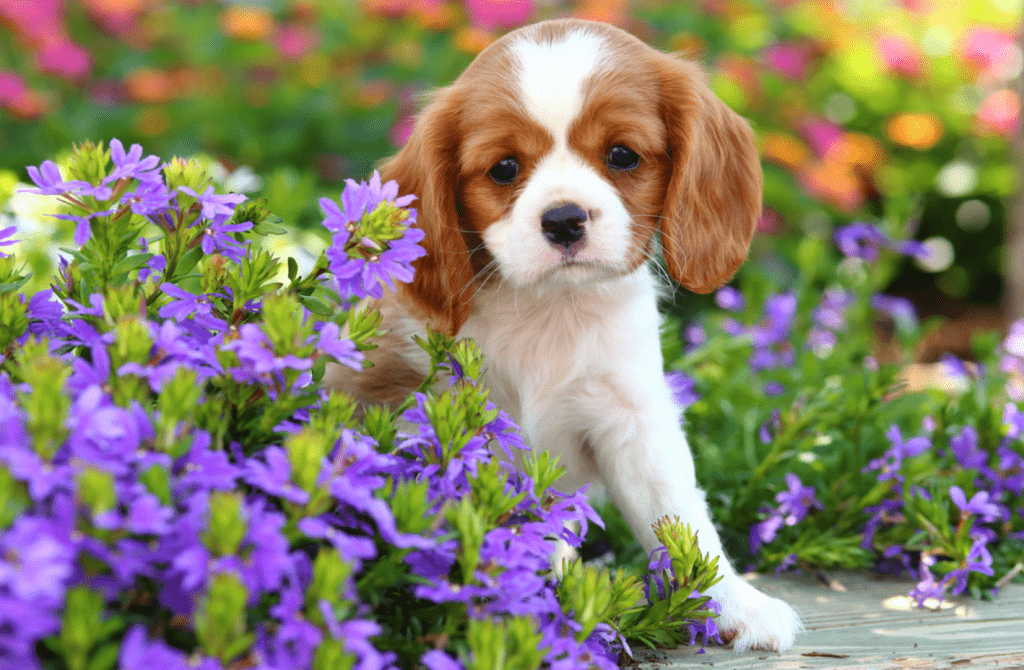For those of us with furry companions who revel in the great outdoors, ensuring your yard is a haven of safety becomes paramount. Let’s delve into the intricacies of safeguarding your four-legged friends amidst the green paradise.
The Menace of Toxic Flora
A serene garden can turn treacherous when certain plants pose a threat to your pet’s well-being. From mild oral irritations and stomach discomfort to cardiovascular damage or, in severe cases, fatality, the dangers are real. The American Society for the Prevention of Cruelty to Animals (ASPCA) has identified some toxic plants for cats and dogs:
- Aloe Vera: Potential symptoms include vomiting, diarrhea, tremors, anorexia, and depression.
- Azaleas: May induce vomiting, diarrhea, excessive drooling, weakness, coma, cardiovascular failure, and death.
- Burning Bush: Possible effects include vomiting, diarrhea, abdominal pain, and weakness. In high doses, it can lead to cardiac arrhythmias.
- Caladium: Might cause burning and irritation in the mouth, tongue, and lips, excessive drooling, vomiting, and difficulty swallowing.
- Daylilies: Linked to renal failure in cats.
- Hibiscus: Symptoms may include vomiting, diarrhea, nausea, and anorexia.

Tread Carefully on Compost and Mulch
The seemingly harmless compost heap can harbor elements harmful to pets, warns the National Gardening Association. Store compost in secure containers or fenced areas to prevent unintended pet access. Cocoa mulch, in particular, poses a unique risk for dogs. A byproduct of chocolate production, it can lead to digestive issues and even seizures. Opting for shredded pine or cedar mulch proves a safer alternative.
Beware the Chemical Arsenal: Fertilizers and Pesticides
The arsenal designed to fend off pests and nurture your lush lawn can harbor toxic chemicals for your pets. Some of the most hazardous pesticides, as per the ASPCA, include snail bait containing metaldehyde and methiocarb, systemic insecticides with disulfoton and disulfiram, zinc phosphide-containing mole or gopher bait, and most forms of rodenticides. Strict adherence to usage guidelines and storing these substances in pet-inaccessible zones is paramount.

Flea and Tick Vigilance
Beyond deploying preventive measures like collars and sprays, ensuring your yard isn’t a welcoming habitat for these pests is essential. Trim the lawn regularly, clear shrubs and debris where fleas and ticks often lurk. Fleas may lead to hair loss, scabbing, excessive scratching, tapeworms, and anemia. Ticks, besides causing similar issues, also expose you and your family to diseases like Rocky Mountain spotted fever and Lyme disease.
A Garden of Tranquility for All
In crafting a haven for your pets, your garden transforms into a sanctuary where every leaf, flower, and blade of grass is a testament to your commitment to their well-being. By navigating the potential hazards and embracing pet-friendly alternatives, your garden becomes not just a visual delight but a secure playground for your cherished companions. As you tend to the blooms and foliage, rest assured that every effort contributes to a vibrant, thriving space where both flora and fauna coexist harmoniously.







Leave a Reply